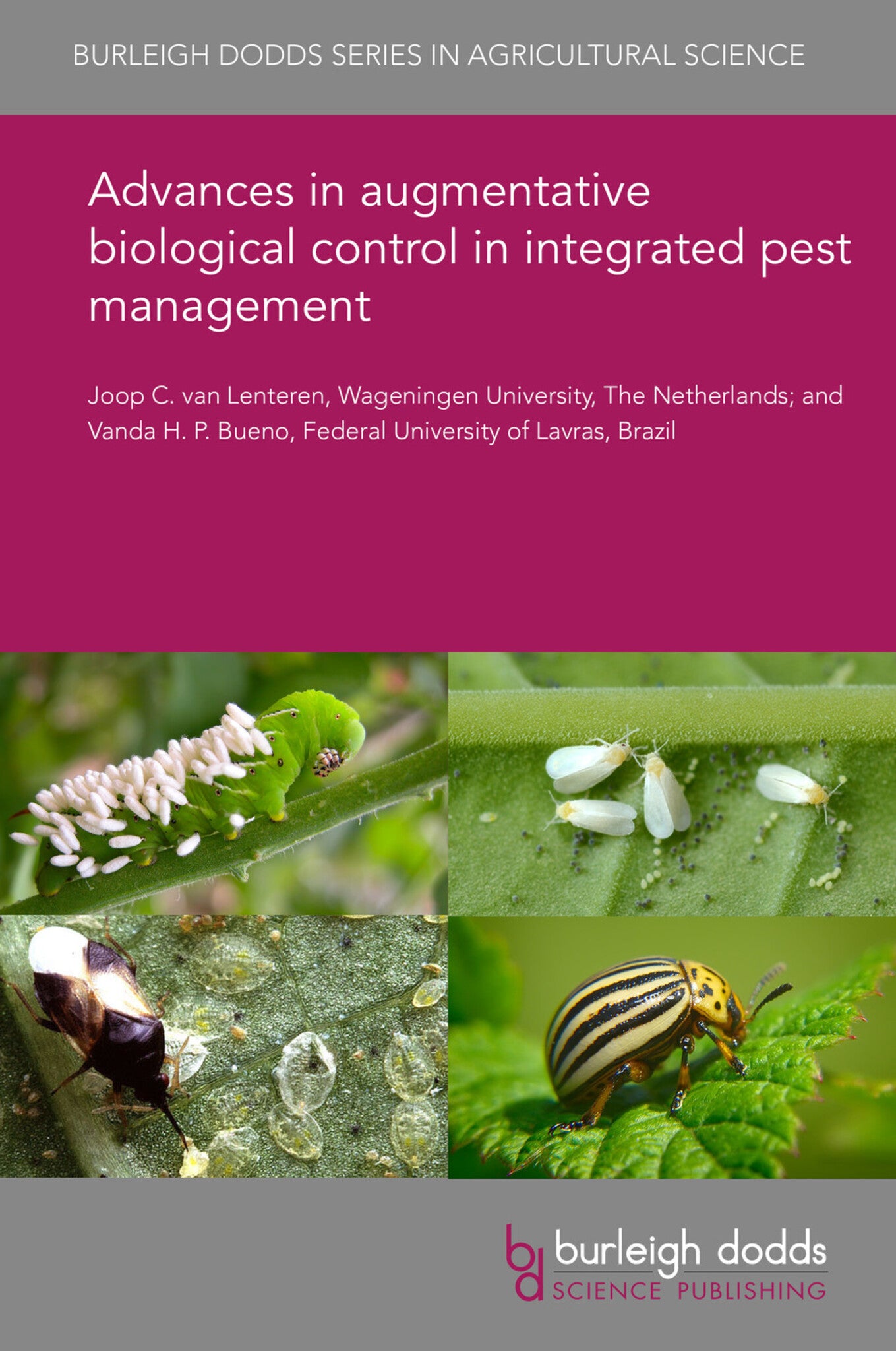We're sorry. An error has occurred
Please cancel or retry.
Advances in augmentative biological control in integrated pest management

Some error occured while loading the Quick View. Please close the Quick View and try reloading the page.
Couldn't load pickup availability
- Format:
-
28 October 2019


TECHNOLOGY & ENGINEERING / Pest Control, Pest control / plant diseases, SCIENCE / Life Sciences / Zoology / Entomology, TECHNOLOGY & ENGINEERING / Agriculture / Agronomy / Crop Science, TECHNOLOGY & ENGINEERING / Agriculture / Sustainable Agriculture, Insects (entomology), Sustainable agriculture, Agronomy and crop production

1 Introduction 2 Augmentative biological control: background 3 Augmentative biological control: diversity and availability 4 Augmentative biological control: its role in IPM 5 Augmentative biological control: examples of easy and complicated programmes 6 Augmentative biological control: why farmers use it 7 Future trends and conclusion 8 Where to look for further information 9 References



